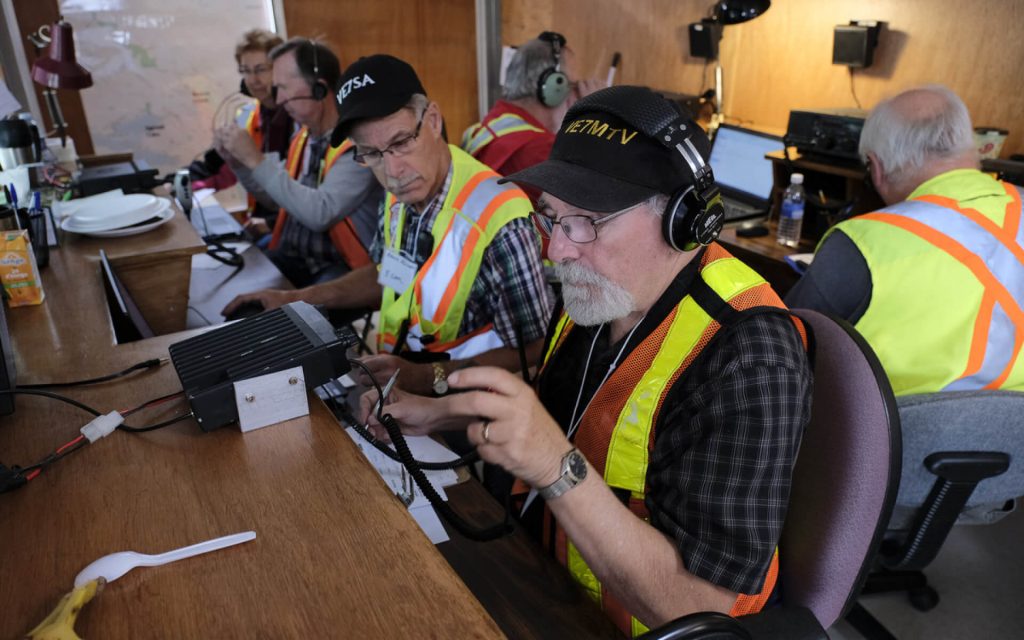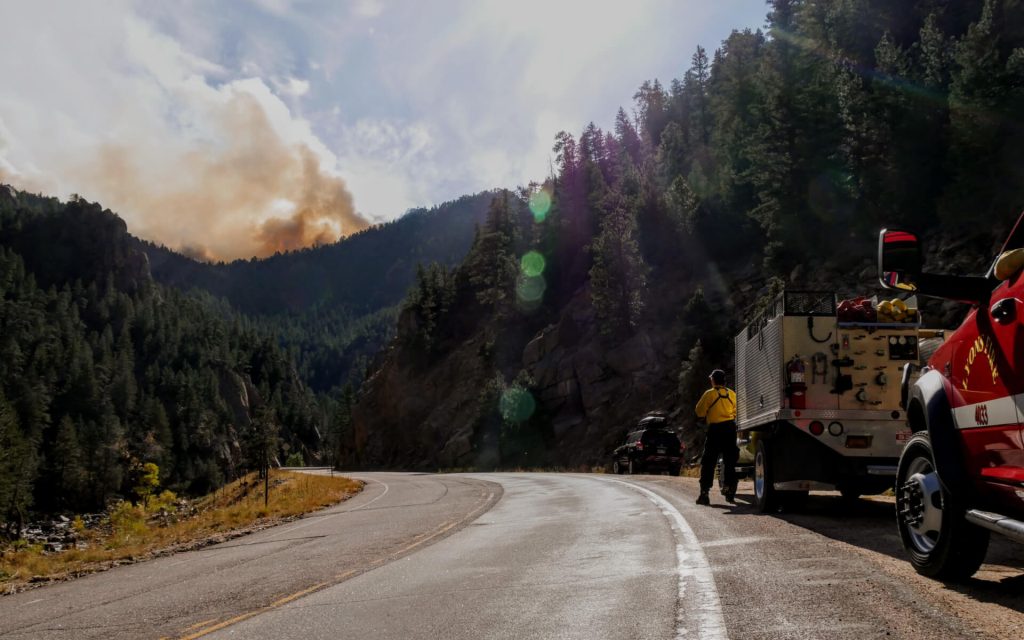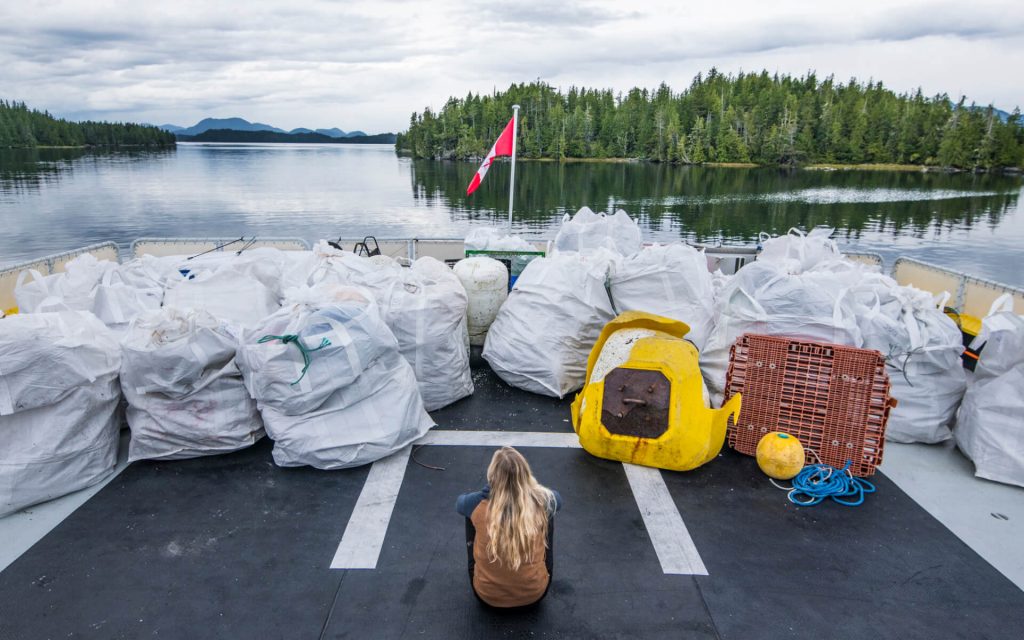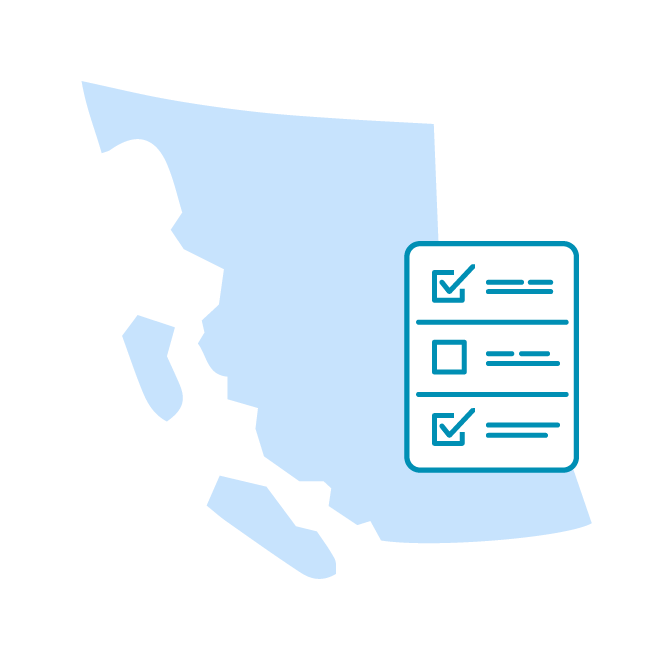One of the ways the government protects our environment is through acts (laws). Acts set out what the government must do. This can include:
- Metrics and milestones we must achieve
- Our reporting responsibilities
- Compliance, enforcement and penalties
Regulations are specific sets of rules and requirements to deliver on what was set out in the act.
There are many acts and regulations, collectively called legislation, that support climate action in B.C. There are also acts to help manage climate emergencies and keep people safe. Here are some of those acts.
Emergency management legislation

Emergency and Disaster Management Act
The new Emergency and Disaster Management Act replaces the Emergency Program Act. The updated legislation reflects the realities of the modern world including global pandemics, security threats and climate change.
Wildfire Act
Everyone in B.C. has a role to play in reducing the risk of wildfires. The Wildfire Act explains government’s duties. It sets the rules for using fire and managing wildfires in B.C. The Wildfire Regulation explains how we put our wildfire-related laws into place.


Everything B.C. is doing about climate change
The B.C. government is doing its part and taking action on climate change with an ambitious plan to reduce climate pollution. Work is already under way.


